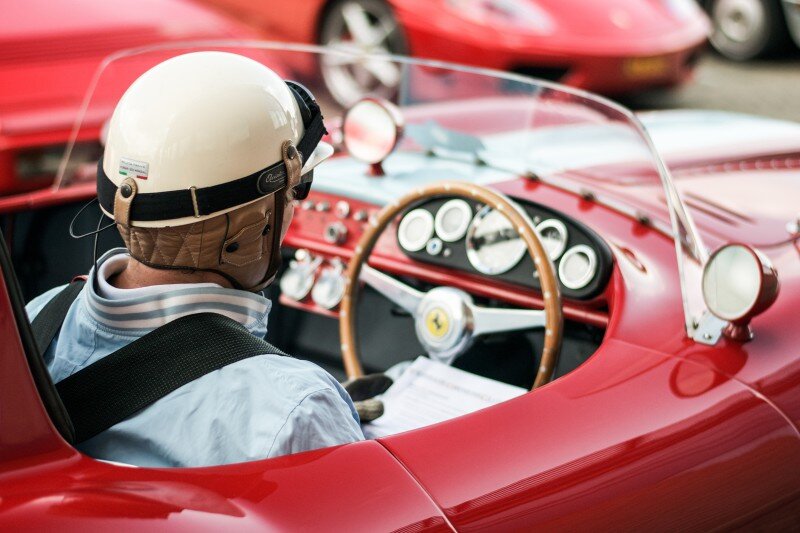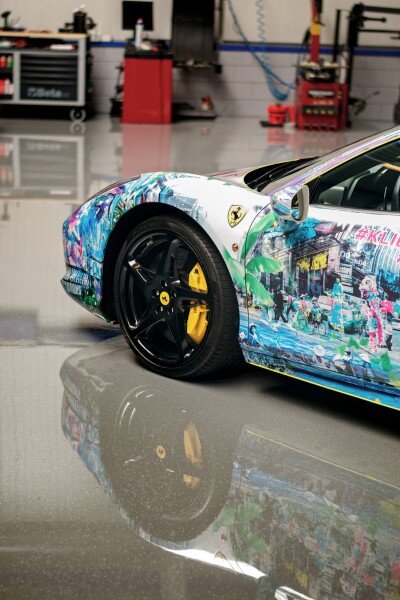Review on the Nikkor 50mm f/1.8G
Prime lenses, we love them. Often for sale in affordable price ranges, and made out of plastic. But the choice of material on these does not affect the image quality. For now, we'll have a closer look to the Nikkor 50mm.
If you're a newbie in photography you might wonder what prime lenses are. Prime lenses are lenses with a fixed focal length. I know that you might think that a fixed focal length is unhandy and clumsy, but it let's you experiment with framing and compositions. Prime lenses are usually provided with a wide aperture like f/1.8 or even f/0.95. More about these lenses here
The 50mm f/1.8G was introduced in 2011 and replaces the 50mm f/1.8D. The big difference between these two is that the G comes with a focussing motor built into the lens. That means that you can now use it with autofocus on entry level DSLRs. When you get yourself a 50 it immediately becomes clear why people call this the 'plastic fantastic'. Cheap hard plastic everywhere. In the box you'll find the lens, the lenshood and a soft bag. The bag however is not for traveling, but it's keeps dust away nicely when you don't use it (which does not occur that often).
As I mentioned earlier, the lens feels plasticy, light and cheap. But if you have a closer look to it, you see that finish isn't that bad. The focus ring, which is the same on all Nikkor's G-lenses, feels smooth. The front element is sort of hidden in the lens and looks quite small, no nano coating on this one tough. I don't really understand why Nikkor chose this lens to have a filter size of 58 mil, since the 35mm f/1.8 comes with a 52mm filter size. Remove the lens cap and a metal mount shows up. The metal one feels much better and durable than the plastic mount on some other cheap ass lenses. On the back there is a small lever where you can open the aperture manually with, as on any G lenses. The lens itself is very compact.
The focussing on this lens is good. Not bad, not brilliant. It's surprisingly fast and quiet, but every now and then you see that the bit you thought you focussed on is out of focus.
Wide open, at f/1.8, the bokeh, i.e. blur for non-photography guys, is beautiful. The bokeh is soft and smooth, exactly how you want it to be. One thing you don't want is the blurry haze on the bits that are in focus. On the image below (100% crop) you see that it's not razor sharp at f/1.8. We perceive a slight chromatic aberration on the chrome parts of the car and (in the original photo) a bit of lens flare.
On the next image, you see the same 100% crop of the same Jaguar in the same distance, but I have turned down the aperture to f/10. The edges are incredibly sharp and crisp. There's no case of the previous complaints. And that might be the reason why they call this 'plastic fantastic'. In both pics there is as good as no case of vignetting.
Overall conclusion: I do recommend this lens, because it's the best value for money, by far! You can get one yourself under 200 bucks, depending on where you buy it. For carspotting I would recommend the 50 over the 35mm because, you know, bokeh.




